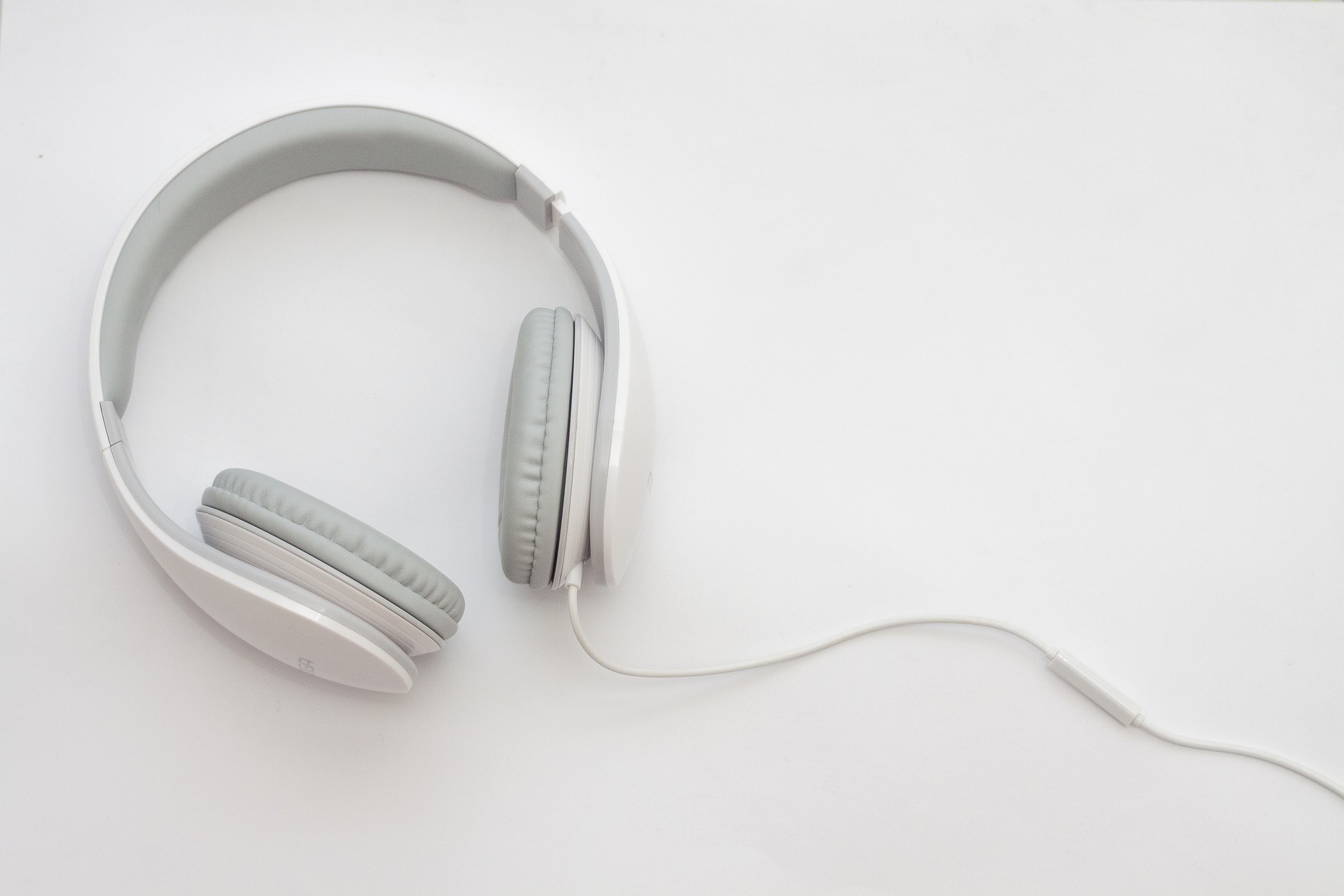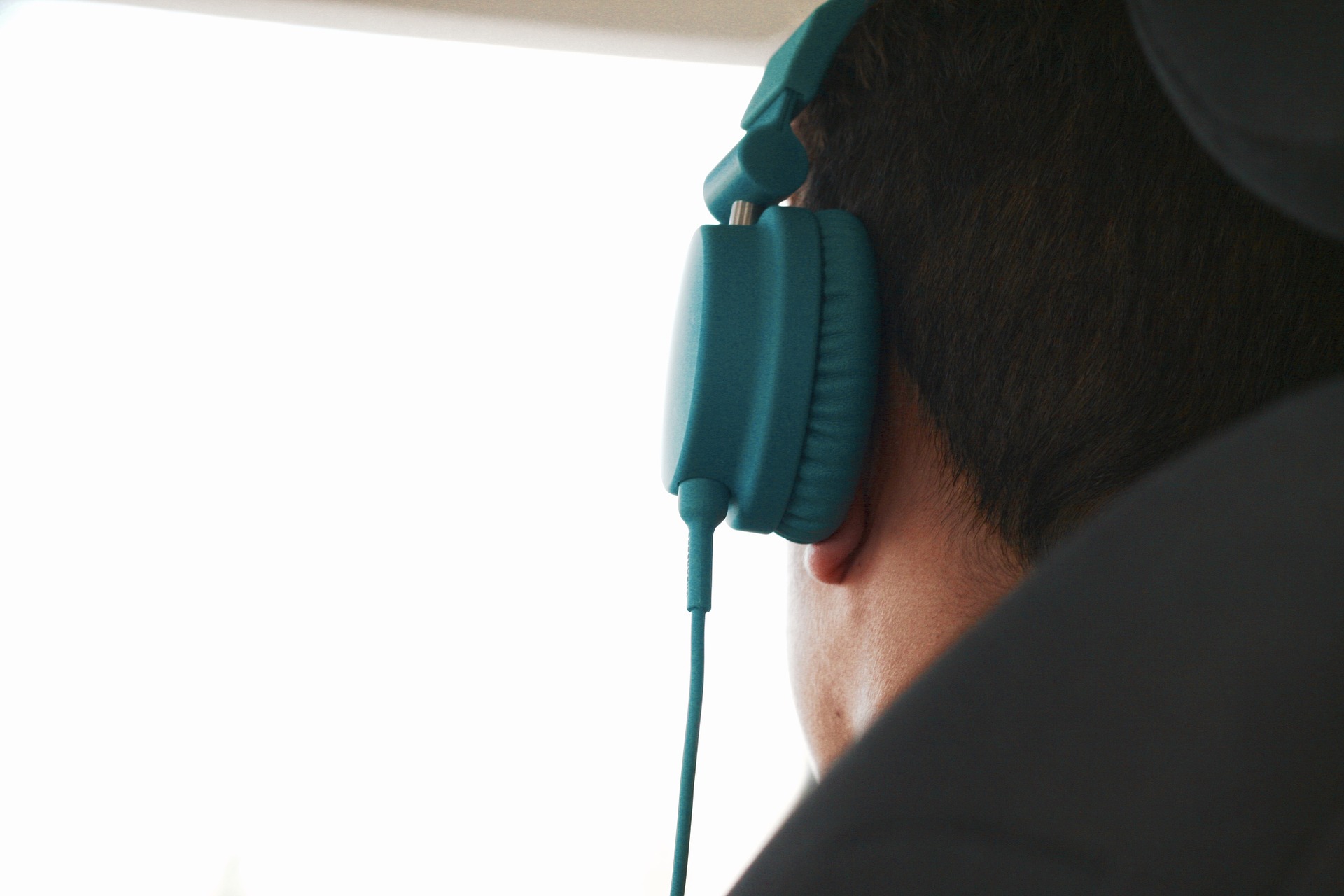Noise cancelling headphones are our saviors in this noisy world, but we need to possess the ability to choose them right. Different situations and noises need different headphones.
The noise cancelling headphone pair your choose can have positive reviews all over the place when you buy it. But you might end up being disappointed that it didn’t meet your own expectations.
This is why we will go over all the important things you need to know before you make your choice:
- How do noise cancelling headphones work?
- What noise cancellation types are there?
- What type of noise cancellation is best for you?
- How you choose the right headphones?
Let’s get started then.
Noise cancelling headphones: The basics
Active noise control dates back to the 1930s, and noise cancelling headphones were part of the story for a while now. The first companies that started producing them were Bose and Sennheiser. The full story is exciting, but that’s an entirely separate post.
Let’s address the types of noise cancellation first:
- Passive noise cancellation
- Active noise cancellation
- Adaptive noise cancellation
Passive noise cancellation is more widespread and common, while active and adaptive noise cancellation stepped into the game way later. People often confuse active and adaptive noise cancellation, so we’ll go over each of them.
1. Passive Noise Cancellation (Noise Isolation)
The bulky headphones you see that seal around your ear with the massive earcups are exactly what passive noise cancellation is about.
It’s all about blocking the noise through some material and isolating your ear from the noise. There is no technology involved in this, the passive noise cancellation works thanks to the physical features of the headphone.
This can be done through almost all headphone types:
Over-ear headphones – These headphones cover your ear entirely creating a slight pressure where no air flows through the earcup. The padding or the earcup cushions help block the external noise to some extent which is otherwise referred to as “passively cancelling the noise”.
For example, the Sony Pulse 3D and the Corsair HS80 are excellent models that offer such features.
On-ear headphones – These sit right on your ear, they don’t cover it. If you were to put them on you would feel how your ears press against your head as the headphones seal tight around it. The passive noise cancellation works the same way, with slightly less bulky cushions and more pressure on your head.
The Sony MDR XB450 and Leitner LH470 are great examples of on-ear headphones that provide this kind of noise isolation.
In-ear headphones – Regular earbuds that come with your new mobile phones. This mostly have plugs that fit into your ear canal and block out the noise covering your ear canal. You will get the same effect if you cover your ears with fingers.
Popular models include the Apple AirPods 3rd Gen and Apple AirPods Pro 2nd Gen, which are known for their excellent passive noise cancellation.
Which headphone type is best?
When you choose between these, note what kind of environment you are gonna be using them in. If you’re not interested in listening to music or having any sort of audio support, then your alternative is cheap and quality earmuffs. This provide no audio but great passive noise cancellation to protect your hearing.

If you plan to wear headphones for long, try over-ear headphones because they are the most comfortable out of all. They may be bulky and heavy, so you’d have to choose the pair that is more lightweight for you. If you opt for on-ear headphones you might experience headaches at some point after a couple of hours.
Comparing models like the Logitech H540 vs Apple Airpods Pro 2nd Gen can highlight the differences between on-ear and in-ear options.
If you’re doing a headset comparison, over-ear models often rank highly for comfort and sound quality.
In-ear headphones are not the best when it comes to very noisy environments, because they don’t provide as good of passive noise cancellation as the padded options. Besides you will have more pressure on your eardrums which may result in damaging your hearing. Short periods with moderate volume will work best here.
2. Active Noise Cancellation (ANC)
Active noise cancellation can work along with passive noise cancelling. Let’s say you choose the same over-ear or on-ear headphone pair which also provides you with active noise cancellation. You get both passive (earcup padding) and active (built-in mics, noise cancelling circuitry) cancellation.
Note: In-ear headphones or earbuds can also have ANC.
There are built-in microphones on each earcup, which receive the external sound before it reaches your ears. Then the noise cancelling circuitry (built-in audio processor) detects the microphone input and notes the amplitude and frequency of the soundwave.
Later it creates an anti-sound to the original sound. The noise cancelling circuitry mixes the original and anti-sound together and transfers it to the speaker of the headphones.
To make the process work, you will have to have energy, which is provided by a battery (also an important indicator for choosing headphones).
The battery affects the weight and the price of the headphones and once it runs out, you can keep using the headphones regularly without ANC.
As a result of this entire process, the anti-sound removes the external low frequency annoying noise but the desired audio still stays and you get to listen to what you want to listen.
3. Adaptive Noise Cancellation
This is the regular active noise cancellation which has a bit of a modified concept. Simply put, it’s a new term used in the headphone industry for more customized noise cancellation.
What it does essentially is adjusting the cancellation strength based on the type and intensity of noise. Noise cancellation gets more intense if the surrounding external noise is loud. So the lower the noise, the lower the adaptive cancellation.

Usually, with Krisp noise cancelling headphones, you are able to control the amount of noise cancellation you need through a mobile app of the company you buy the headphones from
Some pairs adjust the cancellation in real time, so they automate the process and you can’t interfere. You have to be cautious though, if noise cancellation gets more intense it might have an impact on the quality of voice.
If you choose this type of cancellation you will be aware of the surrounding world a lot more. You will be able to hear some conversations or announcements that are important, and in some cases it’s easier to stay alert.
What noise cancelling headphones do you pick then?
Let’s go step by step by what you have to pay attention to when you get your own noise cancelling headphones.
Step 1: Type
You need to choose whether you want over-ear, on-ear or in-ear headphones or whether they should be wired or wireless. For both passive and active or passive and adaptive noise cancellation, your best pick would be either over-ear or on-ear headphones.
Models like the Sony MDR-XB550AP offer an impressive balance of quality and comfort.
This could work great for a noisy office, or remote work or traveling if you deal with noise on the daily.
In-ear headphones could work for less noisy environments and for shorter wear periods.
Also pay attention if the headphones can be folded, if the headband can be extended and if the earcup padding material is the one that you like. The most competitive and expensive noise cancelling headphones right now are Sony vs Bose.
Step 2: Price
If you need a noise cancelling headset with decent noise cancellation, outstanding sound quality, great design, and comfort, you will have to pay up a lot. Besides, every single headphone excels with their features in their own way. For example, the price range of Jabra Engage 50 Stereo is $210 – $230, reflecting its high quality and advanced features.
Some pairs can have great sound quality and average ANC, while others can have an awesome design but be quite uncomfortable.
If you are not ready to invest in noise cancellation, there are average affordable headphone options that still do the deed. Still, you will get the feel of real noise cancellation with more advanced and expensive models. For instance, the price range of Logitech H390 is $24.99 – $39.99, offering a budget-friendly option with reasonable performance.
Step 3: Battery life & Accessories
The battery life of the leading noise cancelling headphones pairs exceeds the 20 hours. So make sure that the pair you pick allows at least 15 to 20 hours of playback with the ANC on. Long battery life will only benefit you if you need to travel a lot, or won’t be able to charge them anytime soon. Headphones like the HyperX Cloud Flight and the Poly Voyager 4320 UC have exceptionally high battery life, making them ideal choices for those who require extended use without frequent recharging.

Accessories can be pretty handy as well, whether it’s a headphone case, a replaceable battery, or a cushion kit. You can check for other accessories like a USB cable, audio cable, adapter or maybe a clothing clip. However, even if you don’t end up getting those you can still purchase them online later.
Always make sure you are given a warranty so that you have a possibility to get them repaired or replaced if any issues arise.
Step 4: Sound leak
This is a serious issue when it comes to the usage of headphones. If you work with plenty of different people in the same room, it’s possible that if your headphones leak sound, others will also hear the awesome song you listen to.
Sometimes, you just want to keep the music to yourself, so make sure you check whether the headphones leak sound or not. The primary way to do it is to ensure that the headphones are closed-back.
Regular over-ear and on-ear headphones are closed-back, but if there are any vents or perforations then they will definitely leak sound.
Headphones with such vents that let the air flow in and let you see through the earcup are called open-back headphones. These don’t have noise cancellation and leak the sound super well. Their best use is for solo listening somewhere peopleless for outstanding musical and sound quality experience.
Other than that, if you choose good noise cancelling headphones with no sound leak check the durability of the material and the seal around your ears.
Step 5: Comfort
Try them on. Make sure you can cover your ears, especially in case of on-ear headphones. They have to sit tight and you should immediately tell the difference when they’re on as you can sort of “hear” the pressure.
The Jabra Evolve 80 is a great example of headphones that offer excellent comfort and fit.
You can listen the music and experience the sound quality on the spot. You will also be able to tell if the headphones are comfortable, and if they pressure you too much or don’t pressure at all.
Walk around or even jump around in them to see if they’ll pop right out or if they’ll stay put. Don’t skip this step and take your time. Trust me, you’ll thank yourself later.
Bonus Tip:
If you want to upgrade your noise cancelling headphones specifically for your remote work experience, you can get a noise cancelling app for windows. When you combine noise cancelling headphones with Krisp or similar noise cancelling software, you can enjoy a work environment free from distracting sounds.
Noise cancelling headphones + Krisp = no noise whatsoever.
[demo-new]
So you can speak and listen without noise and use it with any noise cancelling headphones or conferencing apps that you choose. You will be able to take calls from anywhere, with no need of any meeting rooms or quiet places.
We hope this guide will help you find your future favorite pair of noise cancelling headphones. Happy shopping! 🙂
Read next: Pros and Cons of Active Noise-Cancelling Headphones


